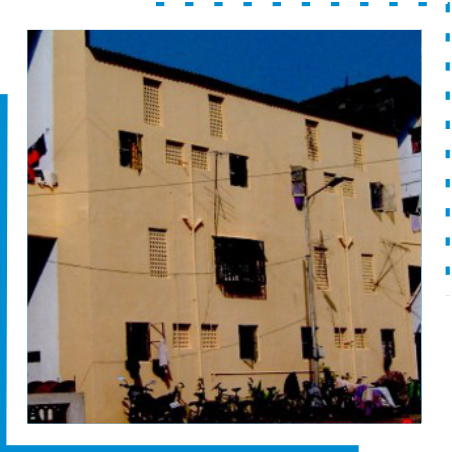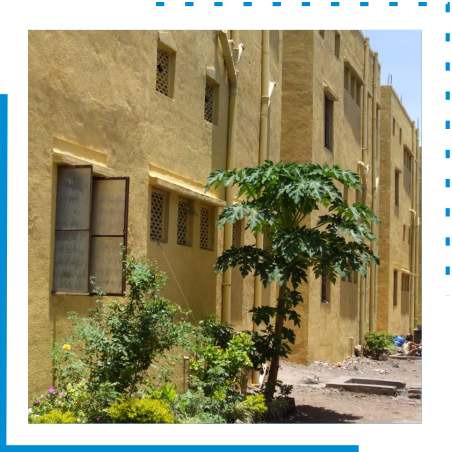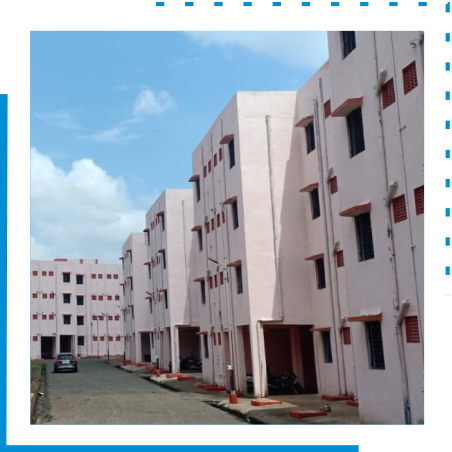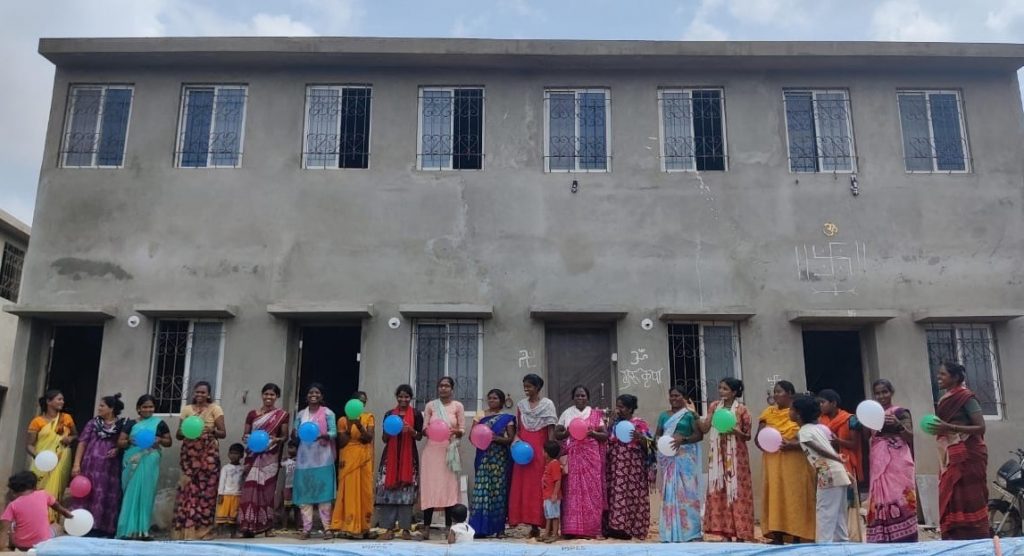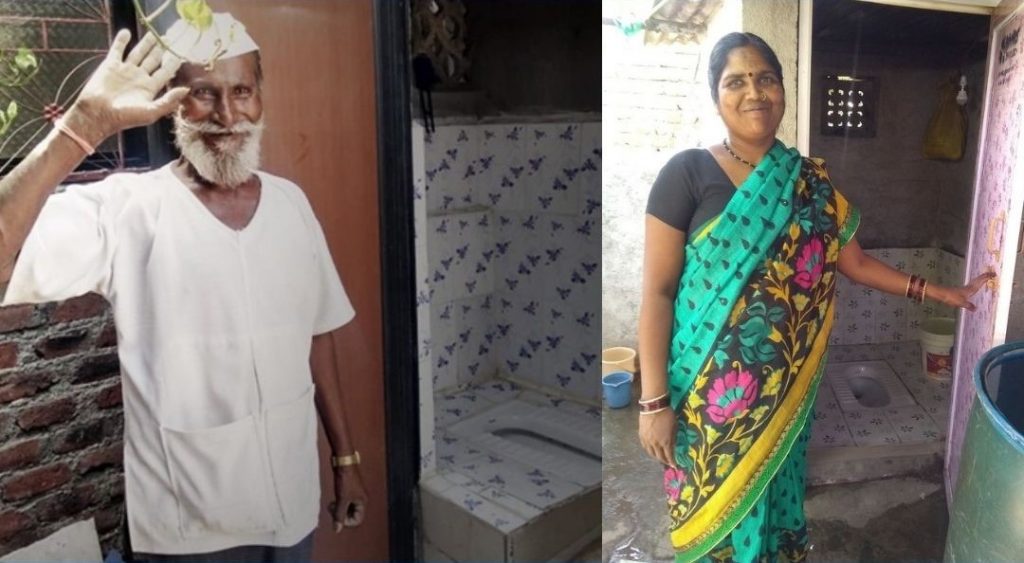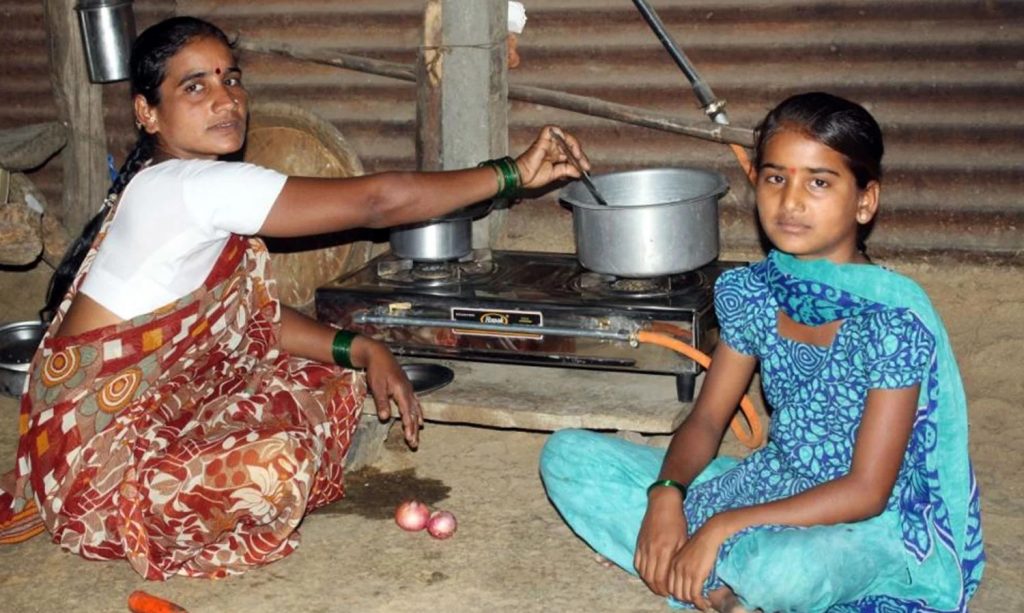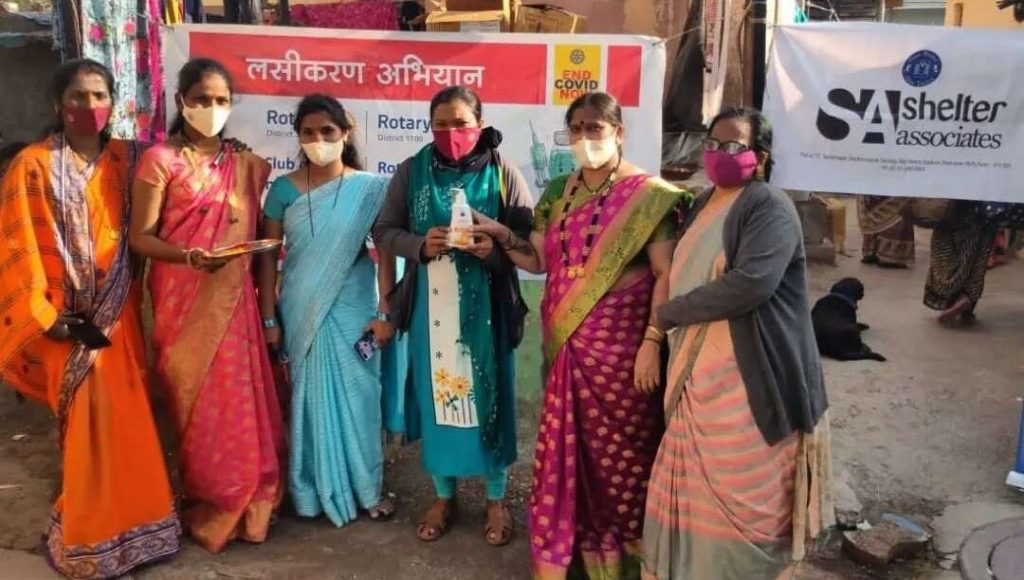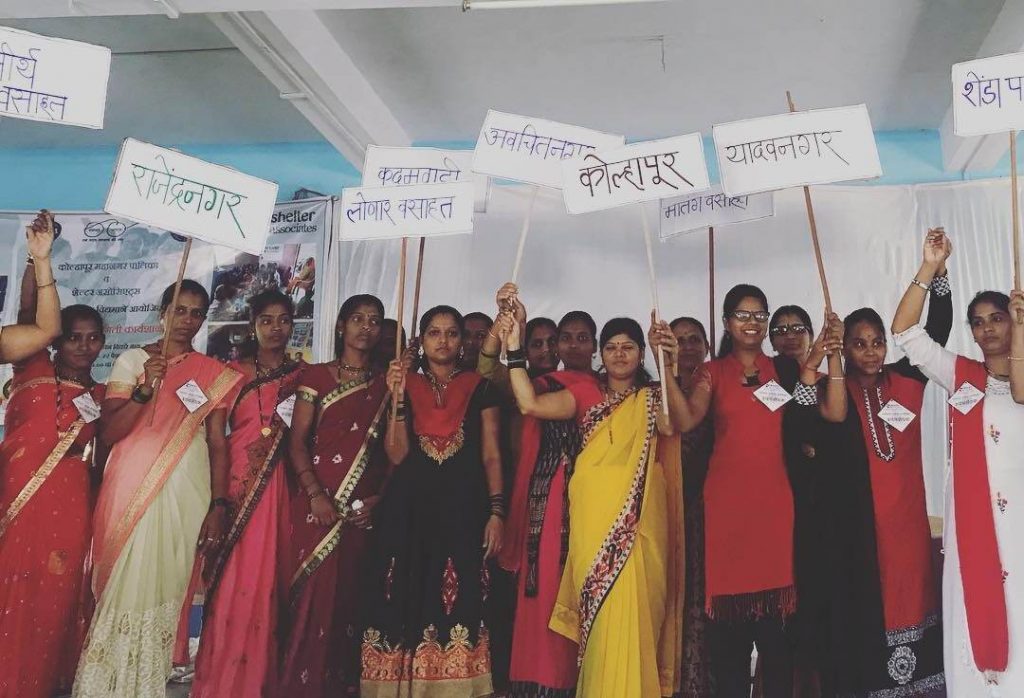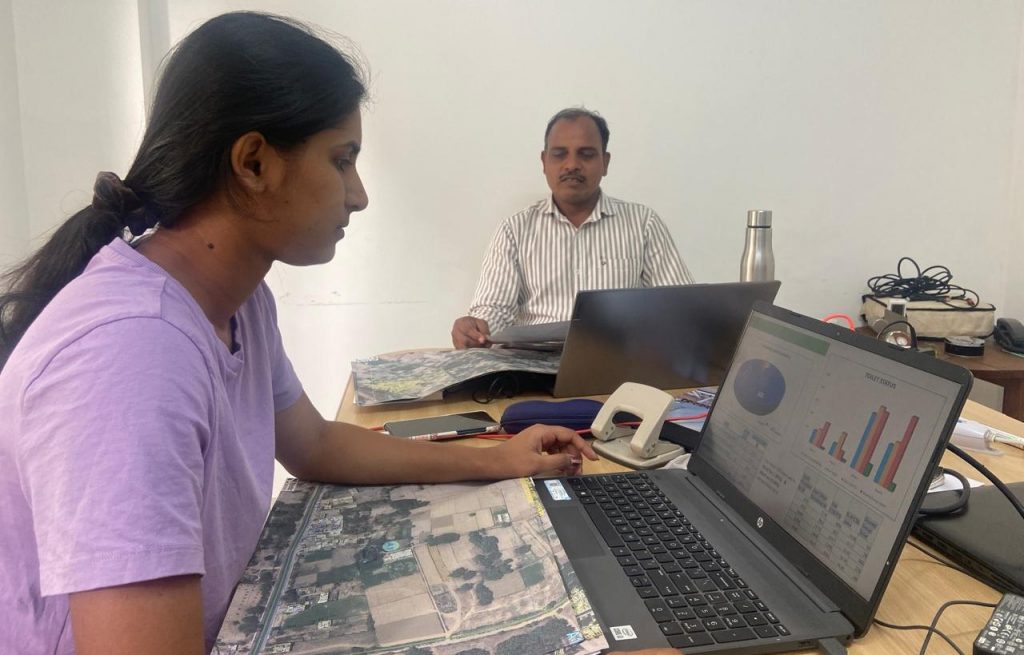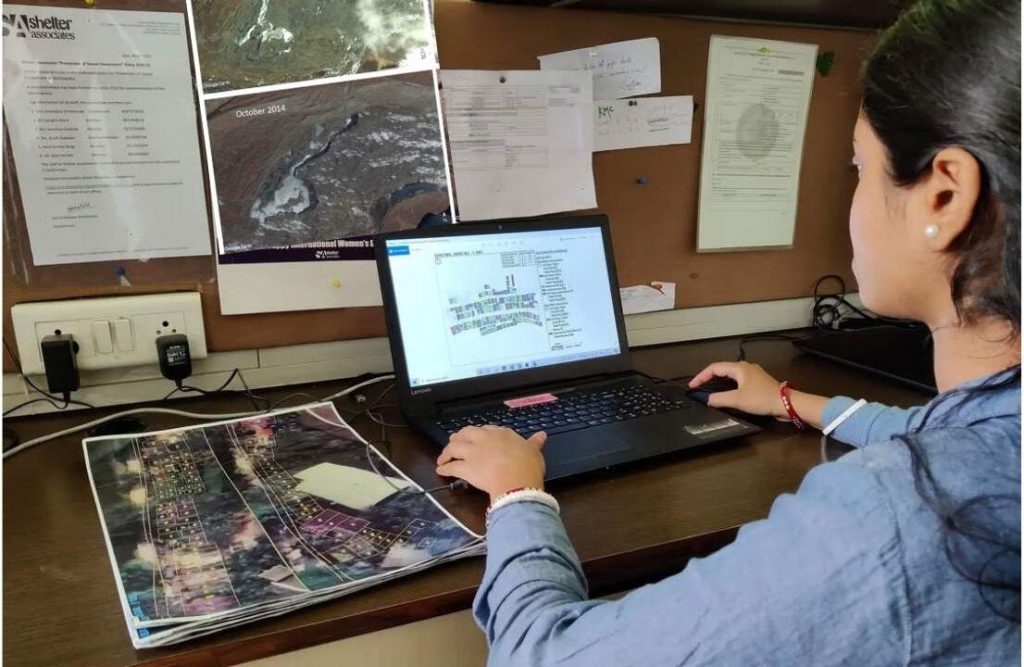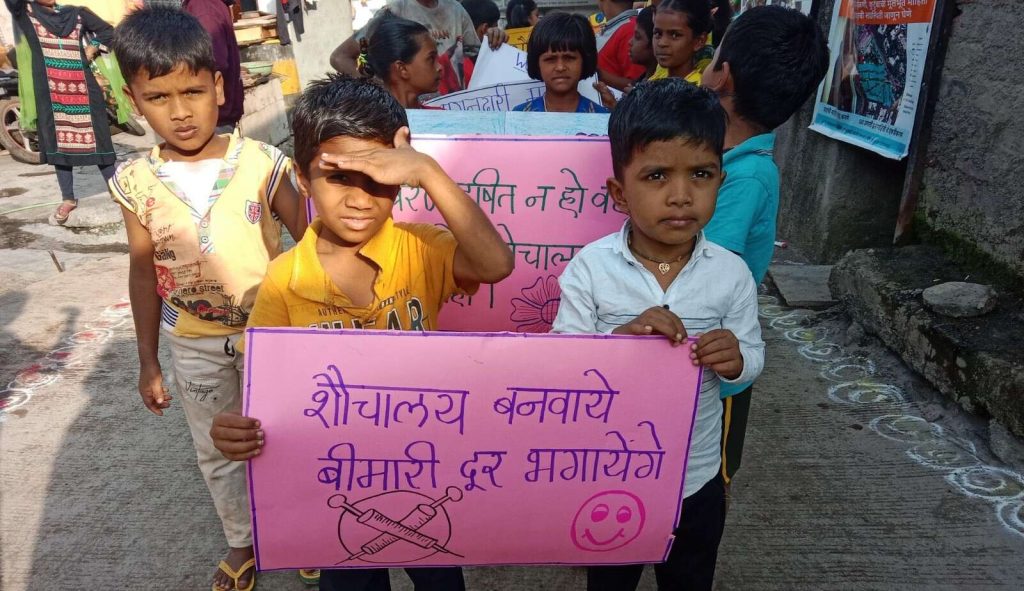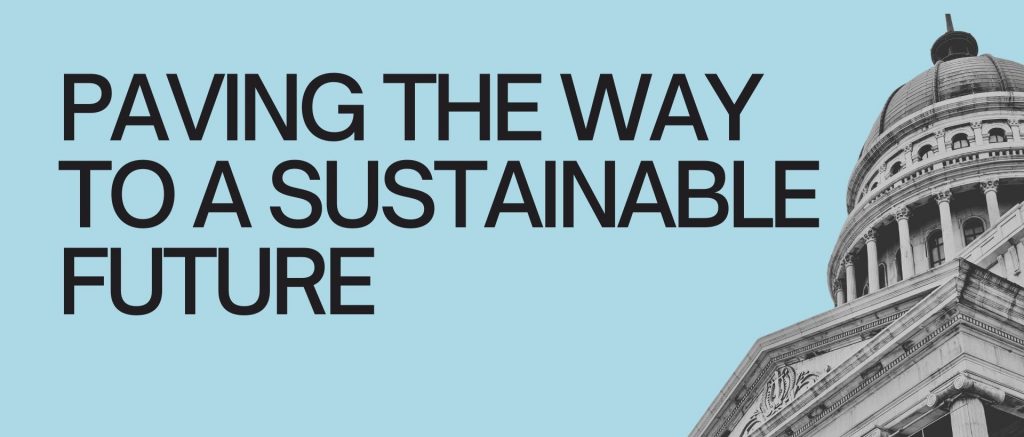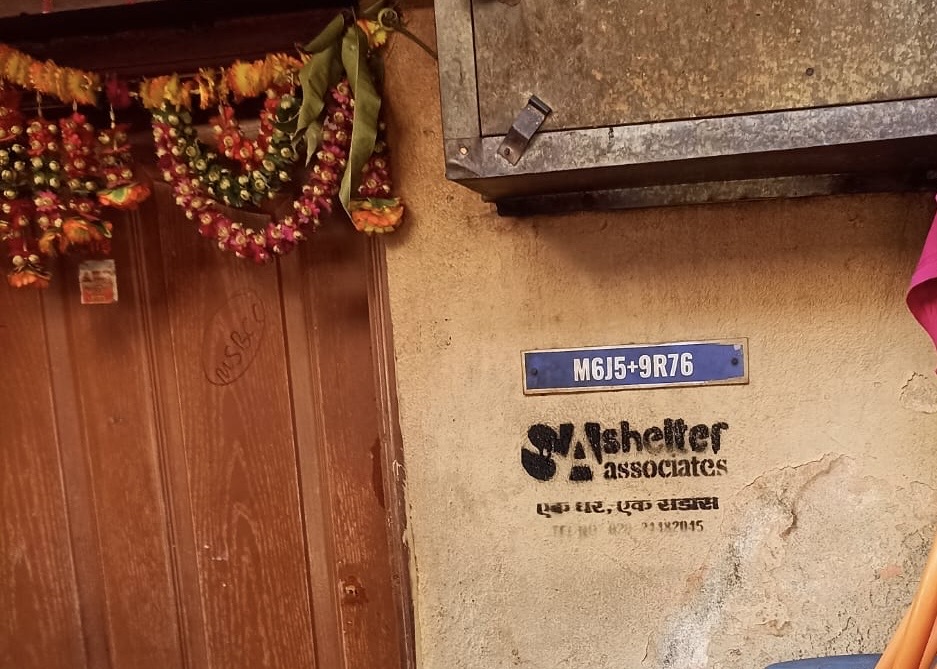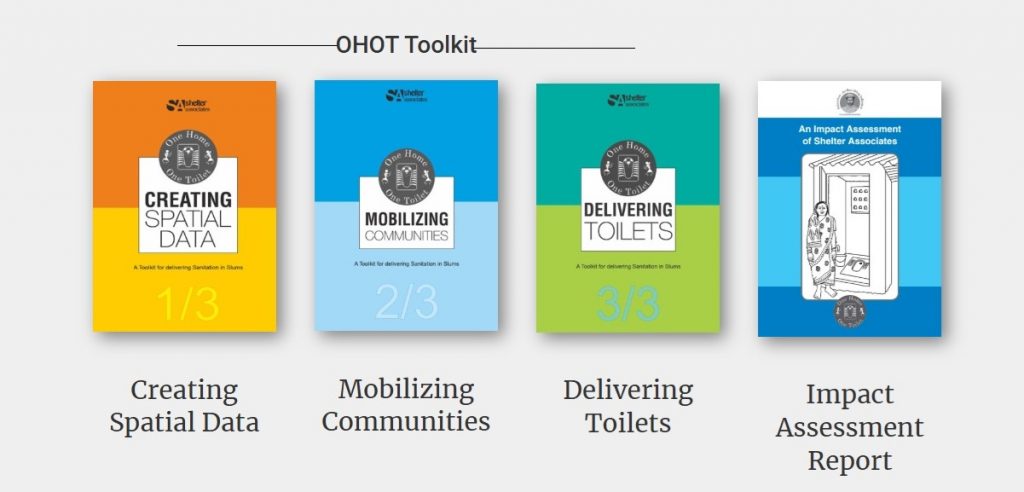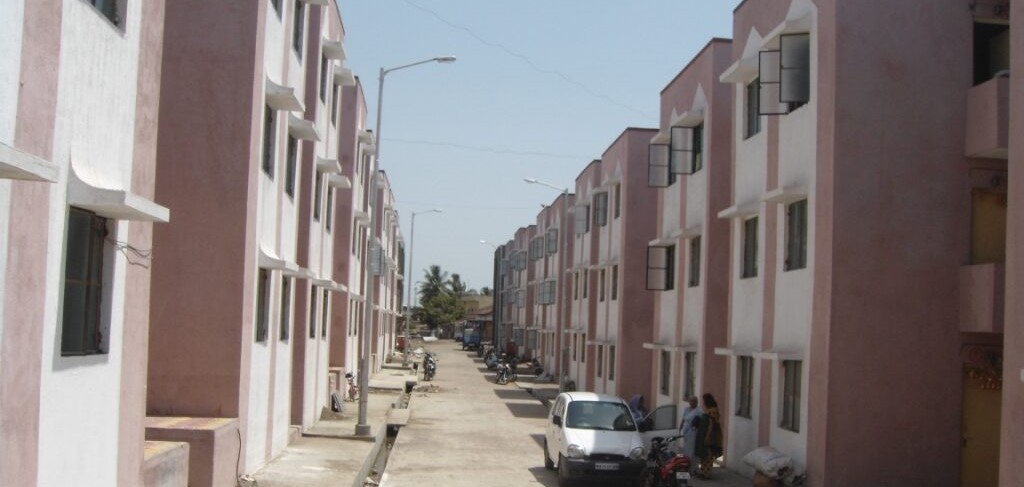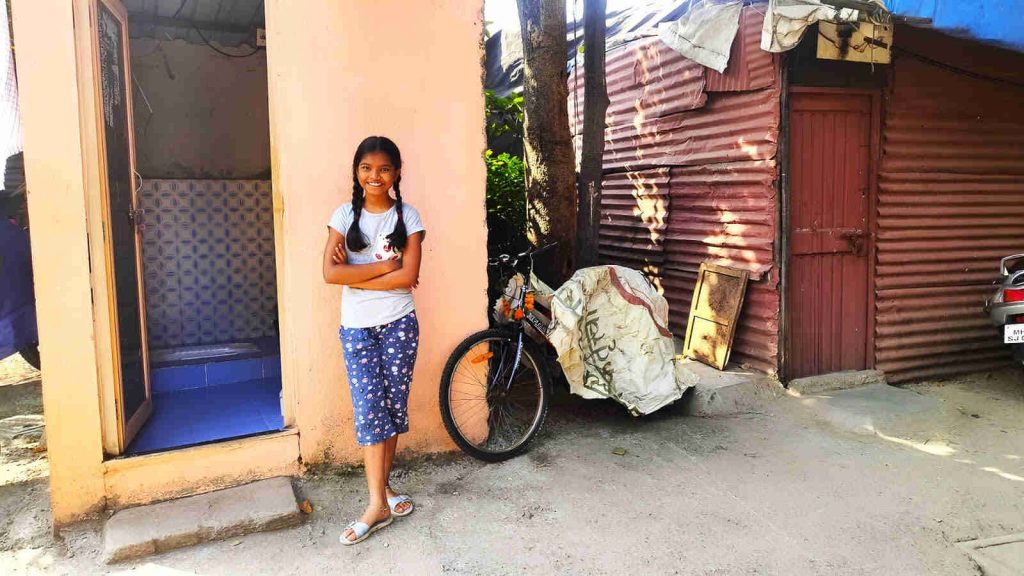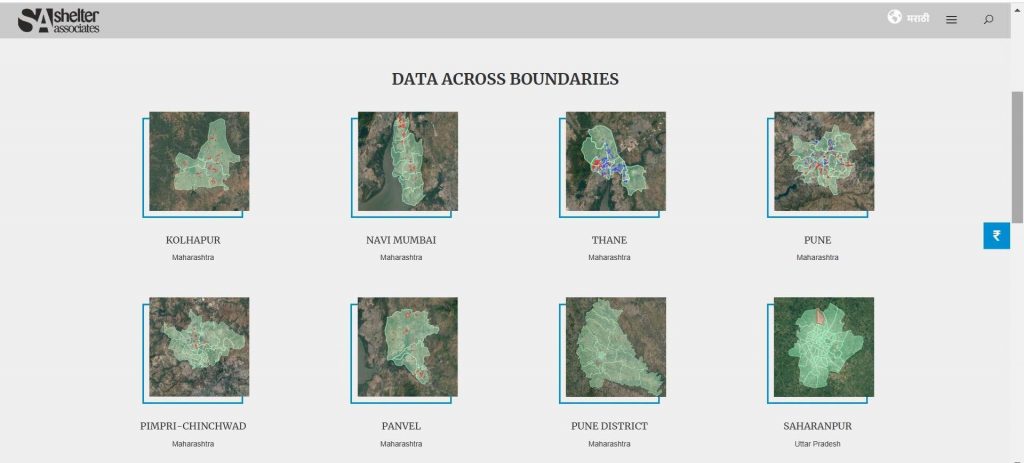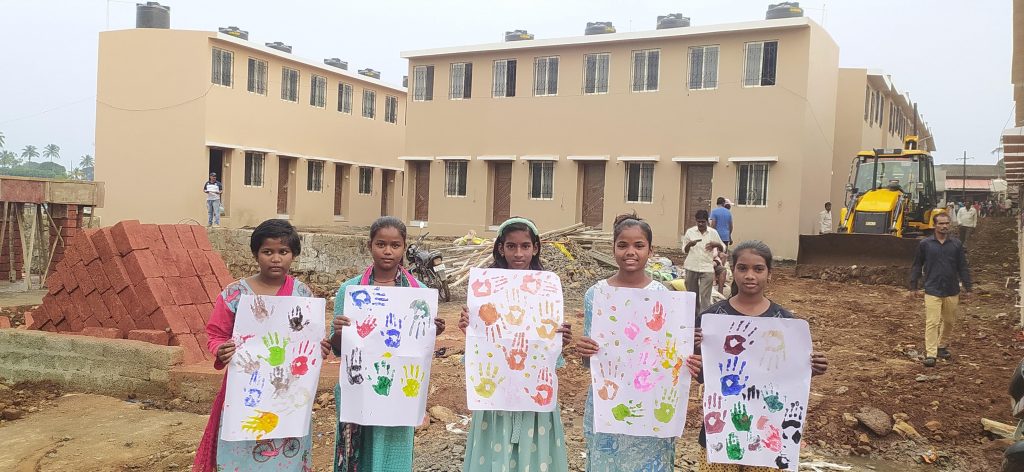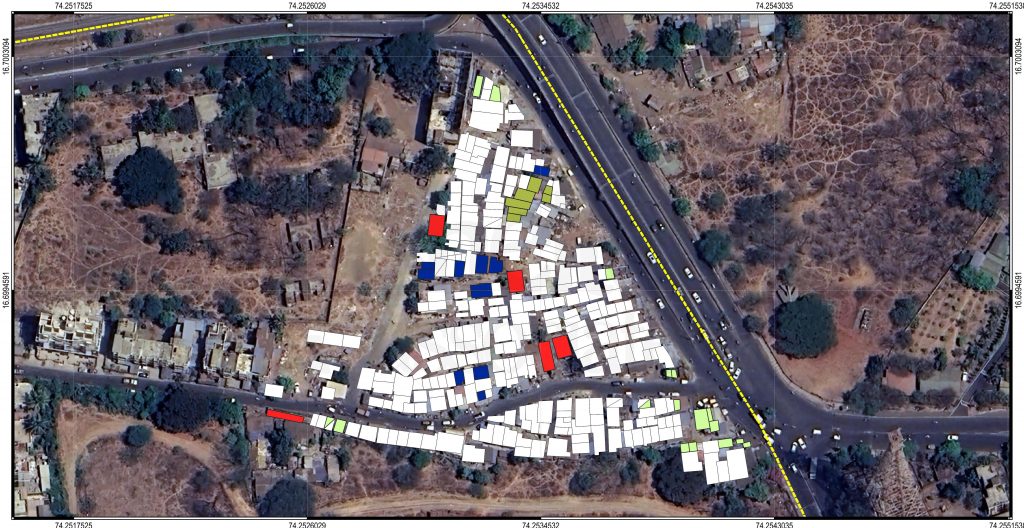slum rehabilitation
SLUM REHABILITATION
Providing secure tenure to the urban poor

Security of tenure is the cornerstone of our social housing initiatives which have successfully rehabilitated over 8000 individuals through the implementation of three major projects in Pune and Sangli-Miraj. These projects demonstrate a workable alternative to the typical slum rehabilitation projects that are prioritized by the government which fail to take cognizance of ground realities; and are implemented in an intrusive and opaque manner. The housing social projects implemented by SA are:
(1) Based on accurate data which has been spatially organized;
(2) Generated from a city-wide approach that considers housing as an integral part of the city along with areas of employment, healthcare, education, and convenience; and
(3) Implemented in partnership with the communities. This is how a slum transforms in a society that provides a safe and secure living for generations.
completed projects
benefits for the urban poor

Adequate light & ventilation
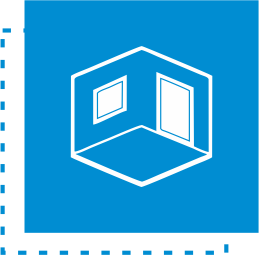
Optimal space utilization

Space for livestock

Safety through visual surveillance

Availability of basic services
PHOTO Gallery
Shelter Associates
SA was founded by architects in 1994 with a passion to ensure equitable access to essential services for the urban poor. SA follows a data-driven, multistakeholder approach to designing and implementing community-centric solutions around sanitation and social housing issues. Know More
Subscribe to our Newsletter!
Contact
+91 8087607545
info@shelter-associates.org
'Kanha', Plot. no. 340, lane no. 18, Mahatma Society, Kothrud, Pune - 411038
Dattawadi, Pune (1996 – 1998): Moving Mountains
Our first housing project was initiated at Dattawadi in Pune. During the first rains of the monsoon in 1996, with the sudden demolition of an informal settlement known as Rajendra Nagar by the city administration. We worked with the community to ensure that the 56 families were resettled into formal housing within a kilometer of the existing slum at Dattawadi with financial support from The Housing and Urban Development Corporation (HUDCO), a public sector undertaking under India’s Ministry of Housing and Urban affairs.
This was a unique experiment in Pune city where the beneficiary families assisted with the design, monitoring and construction of their own homes. Well-designed homes, customized sanitation facilities resulted in a healthier, hygienic lifestyle. The confidence they gained during their active involvement in the project led to a desire and concentrated efforts towards upgrading their lifestyle resulting in better education and employment options for the members.

Project Downloads
Kamgarputala Housing project (2003-2005): Disaster averted
In 1997, Pune faced one of its worst floods and the city administration invited us to carry out detailed surveys of 6 informal communities along the river which flows through the city, the river Mutha. Kamgar Putala, one of the oldest informal settlements in Pune, was the worst affected by the floods due to its location at the confluence of the Mula and the Mutha Rivers. We worked with the 176 flood-affected families of Kamgar Putala to help them secure formal housing away from the flood-prone banks of the river.
Thus well-structured, liveable and safe housing was designed. The floor area of each unit is 200 sq. ft. divided into two bays. Each unit includes a toilet, a bathing area, a kitchen area, and a multipurpose living-dining- sleeping area in the front bay. The unique aspect was that the traditional way of living of the community was respected and accommodated. The community did not want a high-rise building, which was accepted. The community was used to cooking while sitting on the floor so low-raised cooking platforms were built. Inspite of the small space, separate toilets and bathrooms were built to respect the community’s wishes.
The community accumulated the capital for contributing to the construction of new homes by forming micro-credit groups and building savings. Since flooding along the river Mutha was an annual occurrence and the community of Kamgar Putala was determined to find long-lasting solutions for the safety and future of their children.

Project Downloads
IHSDP/City-Wide slum housing project, Sangli-Miraj-Kupwad: 2009-2013): Multistakeholder success
SA was appointed as consultant for the Integrated Housing and Slum Development Programme (IHSDP) in Sangli-Miraj-Kupwad, a peri-urban area about 400 kms south of Mumbai on the banks of the river Krishna, with a population close to 550,000. Our city-wide design proposal, informed by our poverty mapping and use of Geographic Information System (GIS) technology, optimized the use of the limited land available to meet the rehabilitation and relocation needs of the families living in 29 slums across the city.
The IHSDP had been introduced by the Government of India (GOI) for the improvement of slums in cities and towns under the Jawaharlal Nehru Urban Renewal Mission (JNNURM). The critical objective of the IHSDP was holistic slum development with a healthy, and enabling urban environment, by providing adequate shelter with security of tenure and basic infrastructure facilities.
The housing stock created would be sufficient to provide formal housing, with security of tenure and improved sanitation, to the families in 29 slums, almost half of the slum population of the peri-urban area.
A critical aspect of our approach was that it did not involve moving the beneficiary families to faraway sites on the edge of the peri-urban areas which lack services (transport, water and drainage) and drives them deeper into poverty. Hence, relocation would not impact their access to places of employment, and amenities such as schools, health centres, emergency services and markets.
The GOI approved this project for its innovative, holistic and inclusive approach, which could be emulated in other cities. This approach later became part of the Government policy framed under Rajiv Awas Yojana (RAY), which requires cities to map its poor using GIS and remote sensing technologies.


